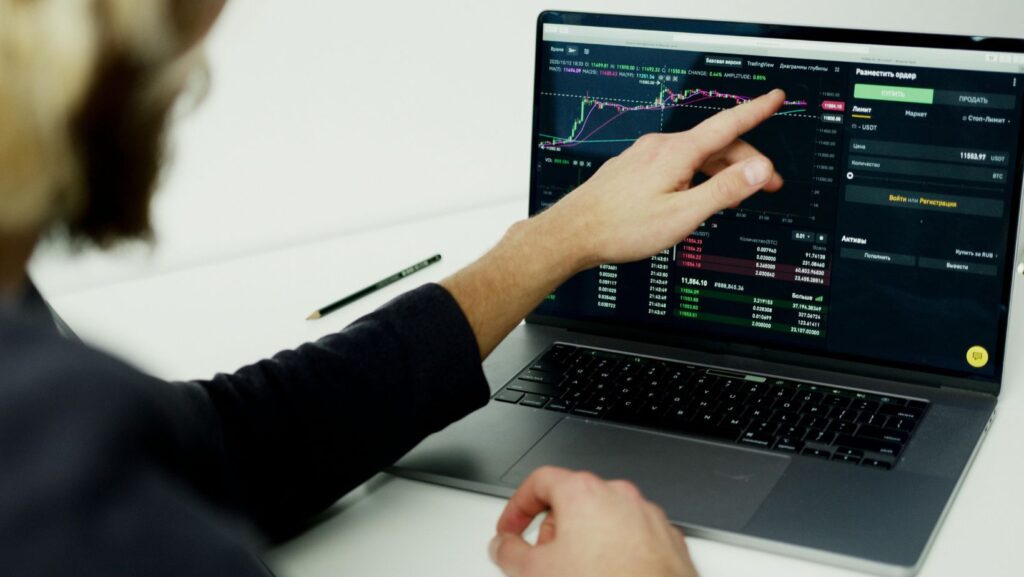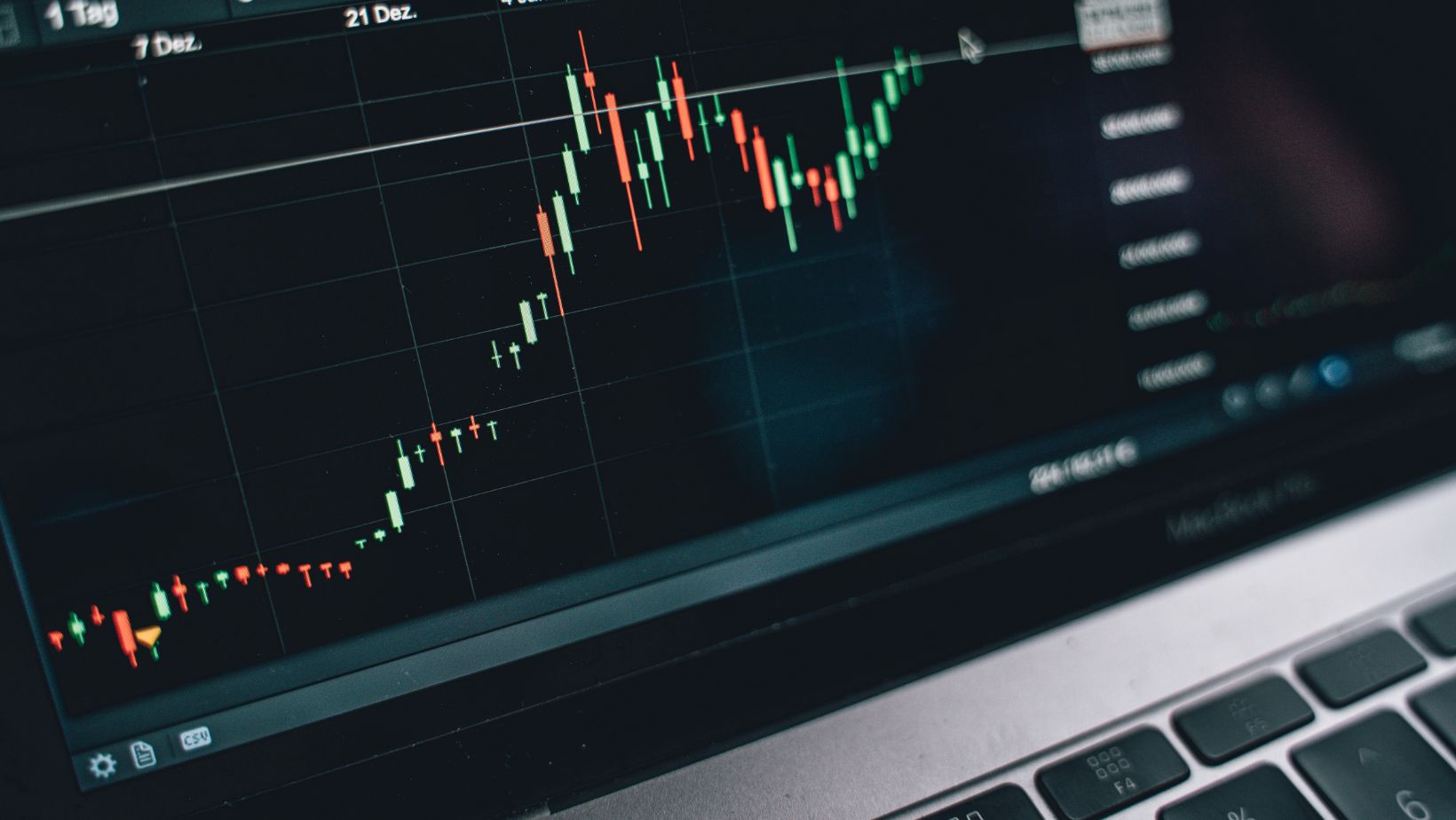
Margin is a fundamental concept in trading that plays a crucial role in how trades are executed. It’s essentially the money set aside as collateral when using leverage, enabling traders to control larger positions than their capital alone would allow.
Understanding margin can unlock new opportunities, but it also comes with risks. For independent investors exploring markets such as forex or CFDs, mastering this tool can make all the difference. So, what is it and why does it matter? Let’s break down its mechanics and potential impact step by step.
Understanding the Basics of Margin Trading
Margin is the amount of money you must deposit to open a leveraged trading position. It serves as collateral, enabling traders to borrow funds and expand their market exposure.
Key points about margin:
- It’s expressed as a percentage of your trade’s total value
- Lower margin requirements mean higher leverage opportunities
- High leverage amplifies both potential profits and losses
For example, if you’re trading forex with a 1% margin requirement, you’ll need $1 for every $100 in market exposure. This means small capital can control much larger trades.
However, keep in mind that using margin increases risk. You can estimate potential profits or losses with a profit calculator for markets like forex or CFDs before committing to trades.
Understanding these basics sets the foundation for more complex strategies while emphasizing how important risk management becomes when working with borrowed capital.
How Leverage and Margin Work Together
Leverage and margin are interconnected. Margin is the initial deposit you provide, while leverage multiplies your trading power. For instance, a 1:50 leverage ratio means you can control $50 for every $1 in your account.
This relationship enables traders to significantly amplify their positions without requiring large upfront capital. However, higher leverage also magnifies potential losses as much as it does profits. Brokers often specify margin requirements based on asset type and volatility, which affects the amount of exposure you can take.
To trade responsibly, calculate risks beforehand and always ensure sufficient funds to cover possible market swings or margin calls. If you’re already familiar with making savvy financial decisions in a business context, this should be second nature.
The Role of Margin in Forex Markets
Margin plays a crucial role in forex trading, which is a vast $2.4 quadrillion market where currency price movements are often small. By using margin, traders can leverage their funds to control larger positions and capitalize on even minor fluctuations.
Forex brokers typically require low margin percentages, sometimes as little as 1%, making this market accessible for retail investors. However, due to high volatility and leverage involved, forex trading on margin requires strict risk management.
A failure to monitor trades could result in losses exceeding your deposit during rapid price fluctuations. Knowing your broker’s policies ensures that you stay prepared for scenarios such as stop-outs or margin calls.
Calculating Your Margin Requirements
Calculating margin requirements is straightforward. Multiply the trade size by the margin percentage set by your broker. For instance, if you open a $10,000 position with a 2% margin requirement, you’ll need $200 in your account.
Margin calculators provided by brokers simplify this process. These tools consider factors such as leverage and asset type to estimate the required collateral for each trade.
Understanding these calculations helps ensure you maintain adequate funds to avoid triggering margin calls. Always verify the requirements before trading, as different instruments or market conditions can alter what’s needed to maintain open positions effectively.
Final Thoughts
Margin trading offers opportunities to amplify gains, but it comes with significant risks. Understanding its mechanics and calculating requirements can help you trade responsibly. With careful planning and risk management, margin can be a powerful tool for traders looking to maximize their market potential while safeguarding against unexpected losses.








